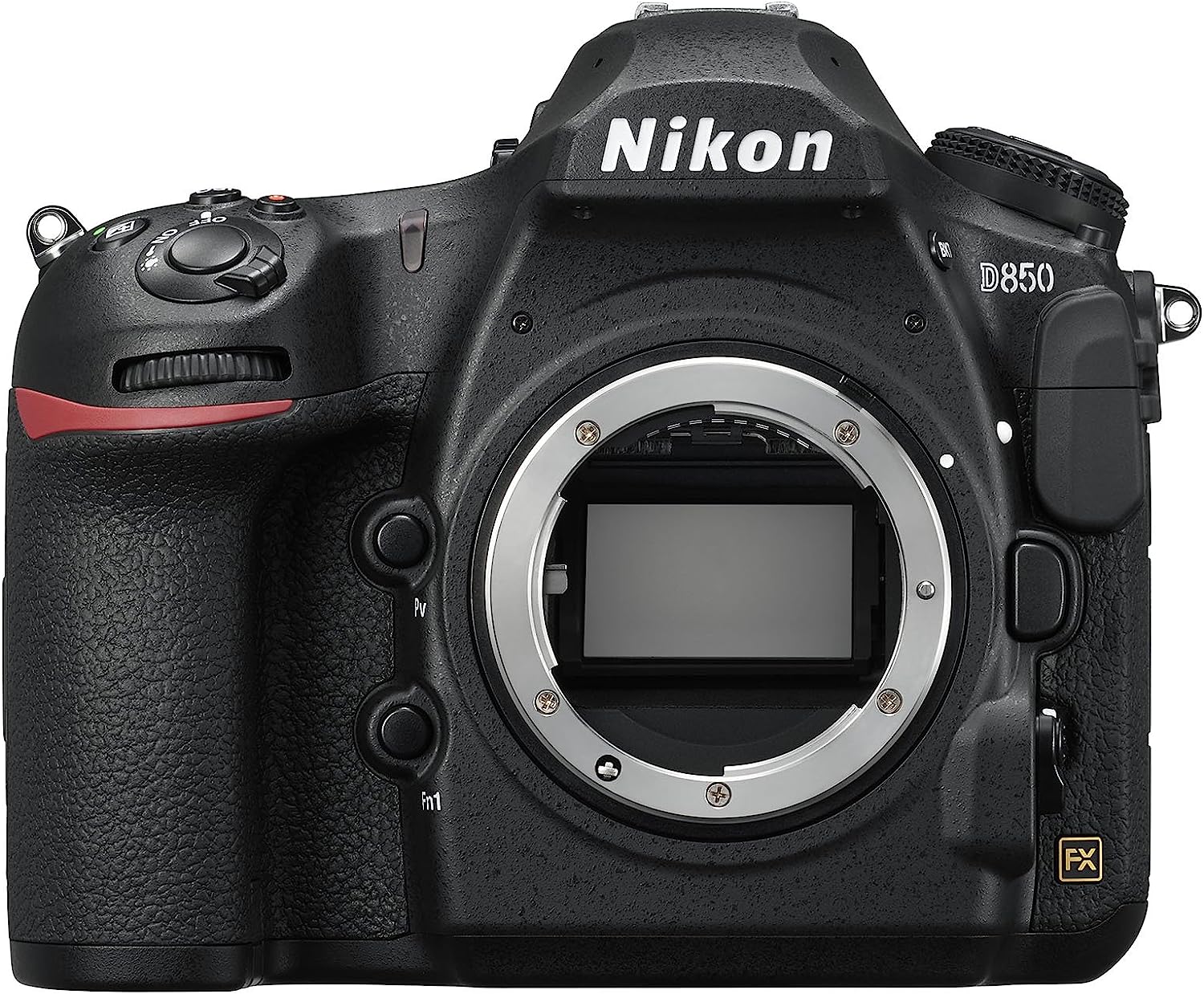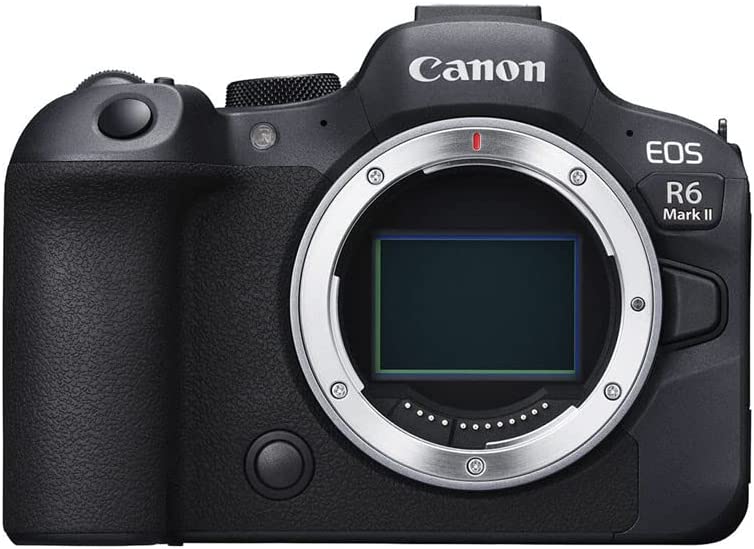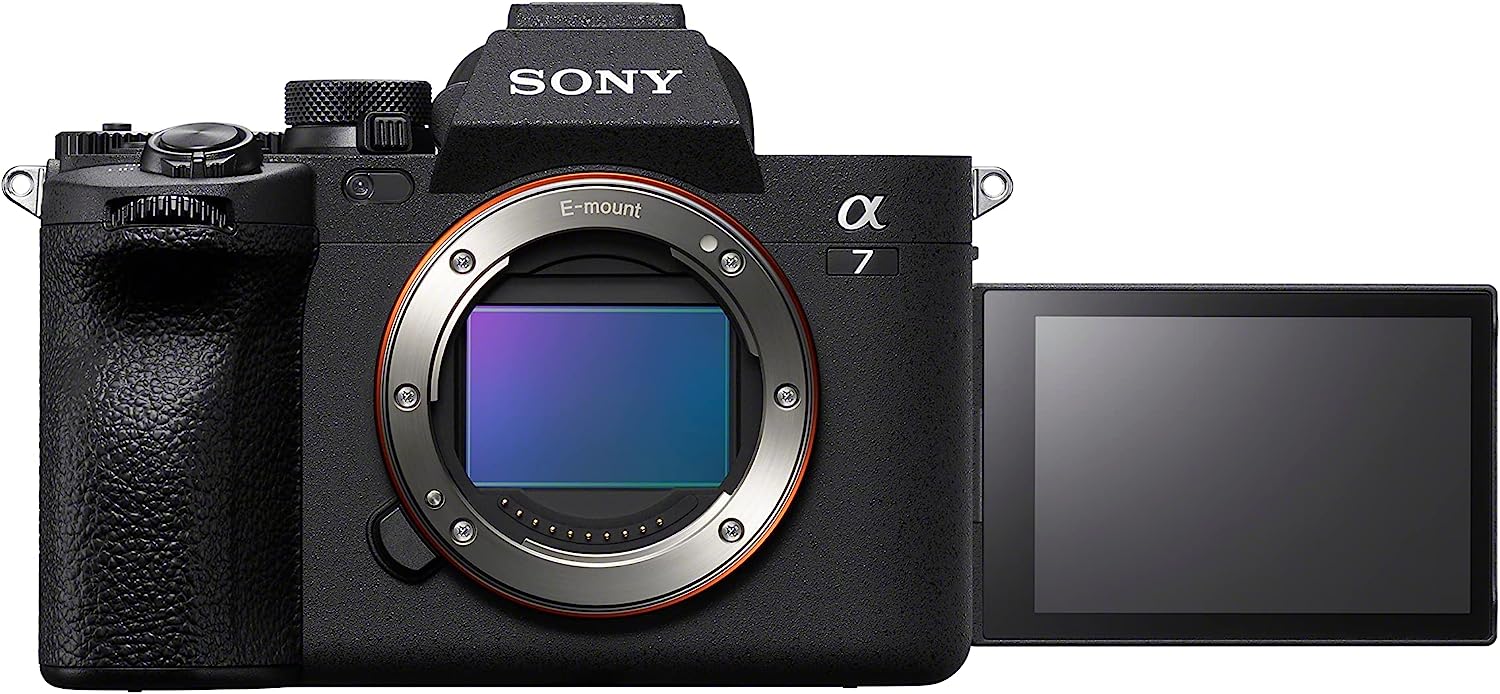|
Maximum resolution! Nikon D850 SD1
Image sensor: CMOS |
Great autofocus! Canon EOS R6 Mark II
Image sensor: CMOS |
High quality videos! Sony Alpha 7 IV
Image sensor: CMOS |
Photography is a field that has opened up enormously thanks to digitalization. Today, we live in a world where the audiovisual is almost more important than the textual. Or, at least, it is so complementary that it is necessary, both on a professional level and in the most domestic sphere. Think, for example, about the importance of social media profiles compared to a few years ago, even leading to the emergence of new professions in which photography is key. Therefore, we want to compare the three brands that reign, par excellence, in this field: Nikon, Canon and Sony.
Three brands of Japanese origin that have managed to position themselves as the great references in the audiovisual environment thanks to the quality, sharpness and depth that their cameras achieve in the photographs. But, could you tell which of the three is most suitable for what you need? As you can imagine, performance and quality are excellent in all three cases; Proof of this is that the economic range of the three is very similar. Now, the type of lens you use, the focal length or the type of shutter vary, and knowing this can be key to deciding which camera to buy.
And, as we always tell you, it is impossible to generalize when each brand has such a wide range of models available. For this reason, we have chosen three of the most advanced and best-selling cameras from each brand today. We are talking, of course, about digital cameras. This way, it will be easier for you to check what technology each one has, how they differ, and what aspect we most recommend each of them for. Let’s go there!
Nikon vs Canon vs Sony – Comparison Table
This table includes the most important characteristics of the three cameras that we have taken as reference in this comparison, so that it is easier for you to identify them and make a purchasing decision:
(Swipe the table to see all the content)
Nikon D850 SD1
|
C. EOS R6 Mark II
|
Sony Alpha 7 IV
|
|
| Dimensions | 146 x 124 x 78.5mm | 138.4 x 98.4 x 88.4mm | 131.3 x 96.4 x 79.8mm |
| Image sensor | 35.9mm x 23.9mm CMOS FX | 35.9 x 23.9mm CMOS | 35.9 x 23.9mm Exmor R CMOS |
| Processor | EXPEED 5 | DIGIC X | BIONZ XR™ |
| Viewfinder | Single-lens reflex viewfinder with pentaprism at eye level | 0.5-inch color OLED electronic viewfinder | 1.3cm OLED electronic viewfinder |
| Screen | 3.2″ touch TFT LCD | 3″ Clear View LCD II | 3″ TFT touch |
| Shots per second | 7 – 9fps | 12 fps (mechanical) | 40 fps (electronic) | 3, 6, 8 and 10 fps |
| Battery | 1,800 shots | 760 shots | 580 shots |
| Effective pixels | 45.7MP | 24.2MP | 33MP |
| Focus modes | 4 | 4 | 5 |
| Shutter type | Focal plane | Electronic | Focal plane | Electronic | Mechanic | Electronic |
| Shutter speed | 1/8000 at 30s | 1/8000 at 30s | 1/8000 at 30s |
| ISO sensitivity | From ISO 64 to ISO 25600 | ISO 100-102400 | 100 to 51,200 in photo (expanded from 50-102,400)/ 100 to 102,400 in video |
| White balance | Manual or automatic | Manual or automatic | 10 modes |
| Vision angle | 170º | 170º | 176th |
| Flash modes | 6 | 2 | 8 |
| Photography modes | 7 | 8 | 8 |
| Photography formats | RAW, TIFF, JPEG | JPEG, RAW, HEIF | JPEG, HEIF, RAW |
| Video formats | MOV, MP4 | MP4 | XAVC S: MPEG-4 AVC/H.264, XAVC HS: MPEG-H HEVC/H.265 |
| Microphone | External or integrated stereo | External or integrated stereo | Integrated stereo |
| Ports | USB and HDMI | USB and HDMI | USB |
Same sensor, but different processor
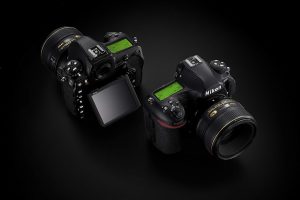
The three brands are committed to a CMOS type sensor, with active pixels, which translates into higher image quality because it emits light more precisely. Of course, each sensor has a different resolution. The most advanced brand in this aspect is Nikon, which in the camera we have chosen combines 45.7 million pixels, compared to Sony’s 33 MP and Canon’s 24.4 MP. The difference in resolution means that the photographs taken by the Nikon camera have more chromatic intensity than those taken by Canon and Sony, although the difference is barely perceptible to the naked eye.
When it comes to the processor, each camera has a different one. Nikon incorporates the EXPEED 5 processor, Canon opts for DIGIC X and Sony does so for BIONZ XR. Actually, we cannot say that there is one better than the other, because the three complement each other very well with the sensor of each camera.
Autofocus, another key aspect
If you like photography, you will know that autofocus is another of the most important elements in this type of camera. Nikon incorporates the AF (Automatic Focus) system that it already introduced in the D5 and that worked very well, with 153 points and a frame with 30% improved coverage. Although with Nikon it is always preferable to use the most advanced lenses, while Sony and Canon achieve better focusing performance on any lens. For its part, Sony maintains its 759-point autofocus system and 94% coverage. Although, in this aspect, Canon is the camera that convinces us the most.
In the EOS R6 Mark II, Canon includes a new generation of autofocus in which it applies artificial intelligence that improves the performance of the brand’s previous cameras by 80%. Be careful, Sony also applies artificial intelligence, but it is not capable of recognizing such a variety of entities, whether people or animals, like Canon. Where the improvement is most noticeable is in the recognition of objects when focusing, as well as in the ability to adapt to the movement of the main subject.
ISO sensitivity, slight differences
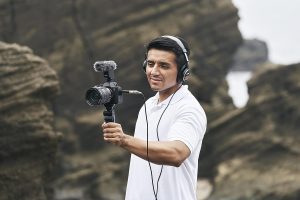
The ISO sensitivity marks the amount of light that must pass through to obtain a good photographic result, something that depends greatly on the time of day in which we use the camera and the environmental conditions. It is, therefore, the most variable aspect of a camera; hence the range in which the three big brands operate is wider. However, the one with the widest range is Nikon, which ranges from ISO 64 to 25600, expandable from 32 to 102400. At least, it is the brand that has the lowest sensitivity.
What does this mean? Which, in broad daylight, when a lower sensitivity is needed because there is more light, offers better results. On the other hand, Canon moves in a more standard range, between ISO 100 and 102400, while Sony maintains a range of ISO 100 to 51200 in photography, which increases to 102400 in video.
Sony, invincible for videos
Professional photographers always say that a good photography camera does not have to record good videos and vice versa. In this aspect, Sony is the brand that is most committed to this type of format, although we cannot say that Canon and Nikon have poor performance. The simplest camera of the three when it comes to video is the Nikon one, which has a super slow motion mode and records at 4K, just like Sony and Canon.
However, both Canon and Sony outperform Nikon when it comes to video recording. Canon has a couple of modes (Canon Log and HDR PQ) that increase the dynamic range when recording videos, and the resolution in which it records is 4K Full HD. In the case of Sony, to all this is added the application of a 7K frame oversampling, which makes the result the closest thing to what we can see on a movie screen. In addition, it has one more specific focus mode for videos that Canon and Nikon lack. For this reason, it seems to us that Sony is the brand that interests you the most if what you like to make is, above all, videos.
Nikon reigns supreme in battery life
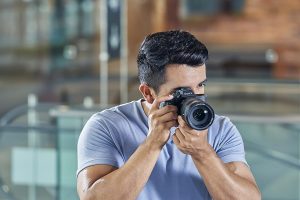
Another concern photographers have is how long they can use the camera before the battery runs out. In this sense, it should be noted that the giants of this market do not usually measure it in exact time, but in number of shots, although this is very approximate and depends on many things. However, it allows us to get an idea, and that is that Nikon is the queen in this aspect. The Nikon D850 lasts up to approximately 1,800 shots, almost double the Canon’s 760 and more than Sony’s 580.
Canon multiplies the shooting speed
If we look now at the shooting speed, it is Canon that wins the day. Nikon manages to shoot at 7-9 fps, while Sony shoots at 3, 6, 8 and 10 fps. However, Canon can shoot at 12 fps using the mechanical shutter, but extends it up to 40 fps with the electronic shutter, multiplying the speed of its competitors by 8.
On the other hand, we like to highlight Canon’s creativity even in selecting photography formats. In addition to JPEG and RAW, which are the most common in most cameras , Canon has included the highly efficient HEIF format .
Nikon vs Canon vs Sony: Which professional camera is more worth it?
As we said at the beginning, the three brands are located in a fairly similar economic range, which already indicates the first evidence that their cameras are really good and are very tied in many important aspects. Therefore, it is essential to look at the small differences that are what will make us opt for one or the other. In general terms, we could say that Sony is the perfect brand for those who usually record videos, because the performance it offers and the variety of video focus modes it has is difficult to beat, and neither Canon nor Nikon can match it.
Now, if you like photography, the dilemma may be more between these two brands. On the one hand, Nikon has a resolution that Canon has given up on the EOS 6, since the EOS 5 did reach 45 MP. Of course, Canon has greatly improved the autofocus and the artificial intelligence it applies to taking photos, in addition to the shooting speed. In addition, Canon seems more reliable to us if we want to record videos, something in which Nikon lags further behind. It doesn’t do badly, but Canon and, above all, Sony, far surpass it in this aspect.
As you see, there is a camera for every photographer; You just have to think about what are the priority aspects for you and make your decision based on them. Choosing any of the three you will obtain quality results; The key is knowing which one you can use to make the most of your potential as a photographer.

